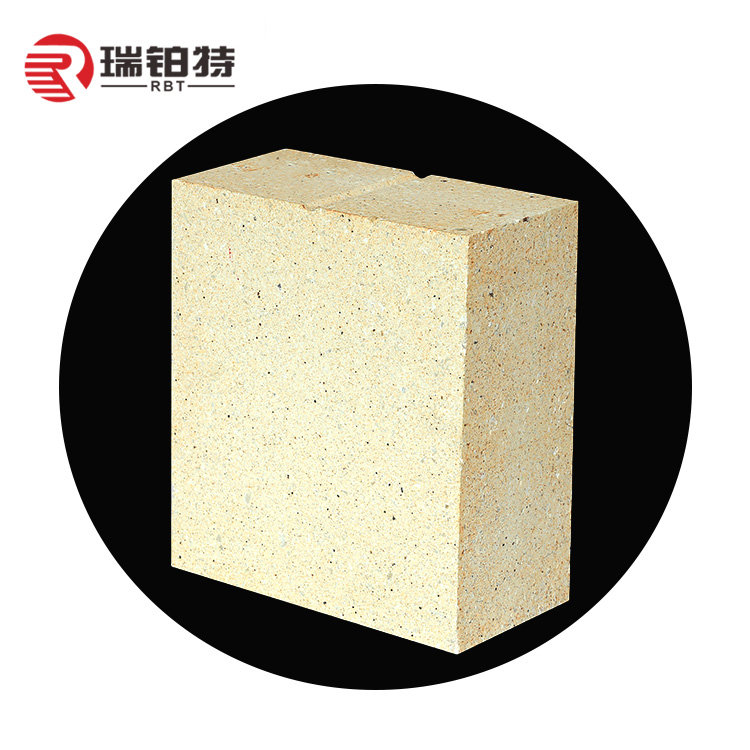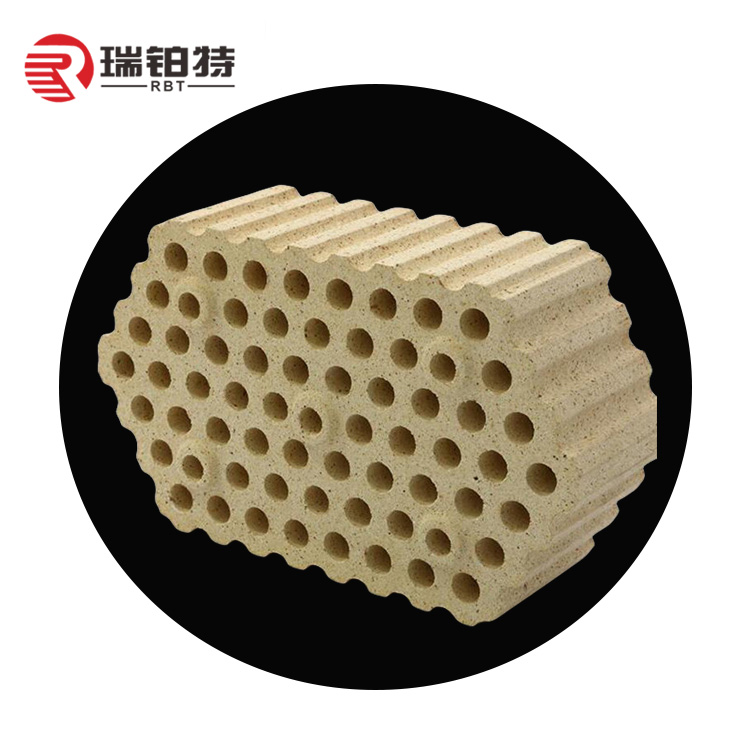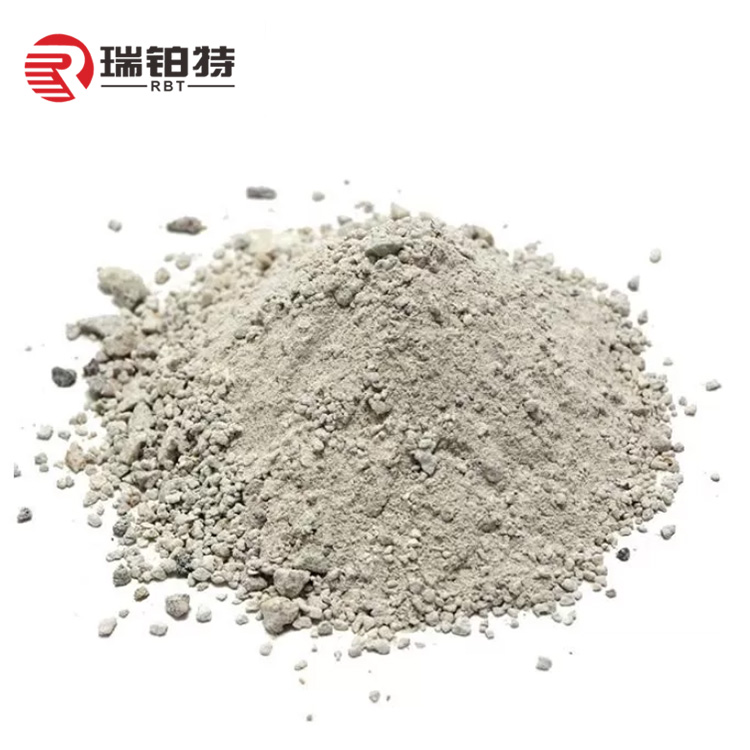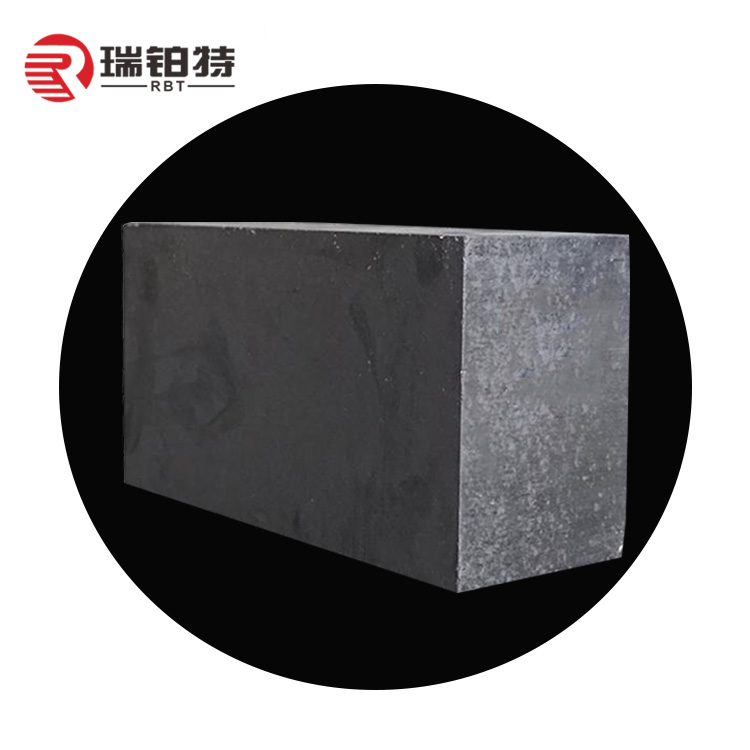Industry News
-

Advantages of ceramic fiber module lining for circular tunnel kiln ceiling insulation cotton
The structure of the ring tunnel kiln and the selection of thermal insulation cotton The requirements for the kiln roof structure: the material should withstand high temperature for a long time (especially the firing zone), be light in weight, have good thermal insulatio...Read more -

Refractory materials for coke oven
There are many types of refractory materials used in coke ovens, and each material has its specific application scenarios and performance requirements. The following are the commonly used refractory materials in coke ovens and their precautions: 1. Commonly used refracto...Read more -

What refractory materials are used in ladle?
Introduction to commonly used refractory materials for ladle 1. High alumina brick Features: high alumina content, strong resistance to high temperature and corrosion. Application: commonly used for ladle lining. Precautions: avoid rapid cooling and heating to prevent th...Read more -

What is Magnesia-chrome brick?
Magnesia-chrome brick is a basic refractory material with magnesium oxide (MgO) and chromium trioxide (Cr2O3) as the main components. It has excellent properties such as high refractoriness, thermal shock resistance, slag resistance and erosion resistance. Its main mine...Read more -

What is Magnesia Carbon Brick?
Magnesium carbon brick is a non-burning carbon composite refractory material made of high-melting alkaline oxide magnesium oxide (melting point 2800℃) and high-melting carbon material (such as graphite) that is difficult to be wetted by slag as the main raw materials, va...Read more -

Refractory Castables For Cement Rotary Kiln
Cement Kiln Castable Construction Process Display Refractory Castables For Cement Rotary Kiln 1. Steel fiber reinforced refractory c...Read more -

Anti-spalling High Alumina Bricks For Cement Rotary Kiln
Product performance: It has strong high temperature volume stability, excellent thermal shock resistance, wear resistance, chemical corrosion resistance and other characteristics. Main uses: Mainly used in transition zones of cement rotary kilns, decomposition furnaces, ...Read more -

Application Locations And Requirements of High Alumina Bricks In Hot Blast Stoves
Blast furnace ironmaking hot blast stove is an important core kiln in the ironmaking process. High alumina bricks, as the basic product of refractory materials, are widely used in hot blast stoves. Due to the large temperature difference between the upper and lower parts...Read more -

High Alumina Bricks For Blast Furnace
High-alumina bricks for blast furnaces are made of high-grade bauxite as the main raw material, which are batched, pressed, dried and fired at high temperature. They are refractory products used for lining blast furnaces. 1. Physical and chemical in...Read more -

Low Cement Refractory Castable Product Introduction
Low cement refractory castables are compared to traditional aluminate cement refractory castables. The cement addition amount of traditional aluminate cement refractory castables is usually 12-20%, and the water addition amount is generally 9-13%. Due to the high amount ...Read more -

Application of Aluminum Carbon Bricks In Molten Iron Pretreatment Process
Configuring 5% to 10% (mass fraction) Al2O3 in the matrix part of blast furnace carbon/graphite bricks (carbon blocks) significantly improves the corrosion resistance of molten iron and is the application of aluminum carbon bricks in ironmaking systems. Secondly, aluminu...Read more -

Precautions And Requirements For Masonry of Fire-resistant Bricks In The Switching Kiln
The new type of dry cement rotation kiln is mainly used in the choice of refractory materials, mainly silicon and aluminum refractory materials, high-temperature tie-alkaline refractory materials, irregular refractory materials, prefabricated parts, insulation refractory...Read more







